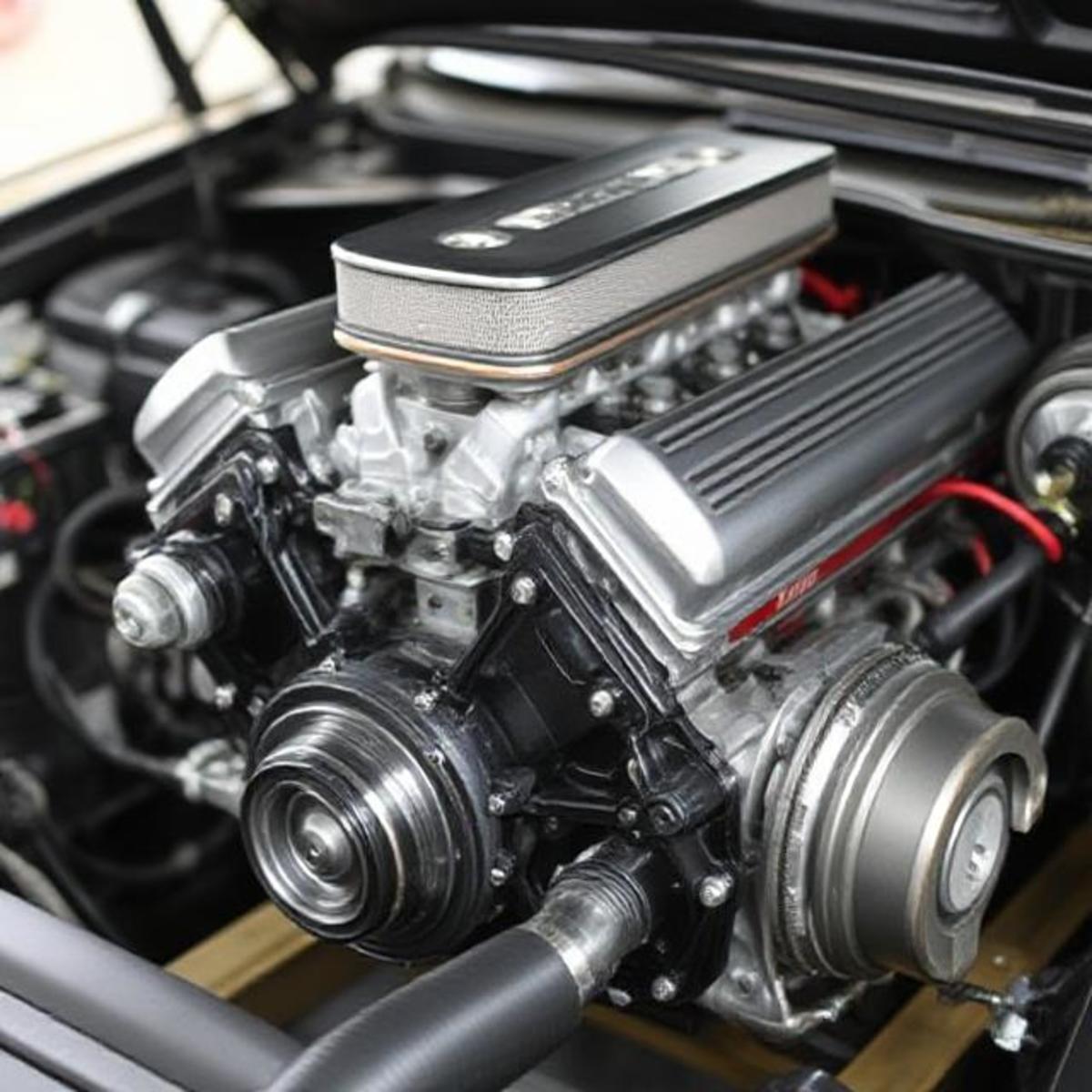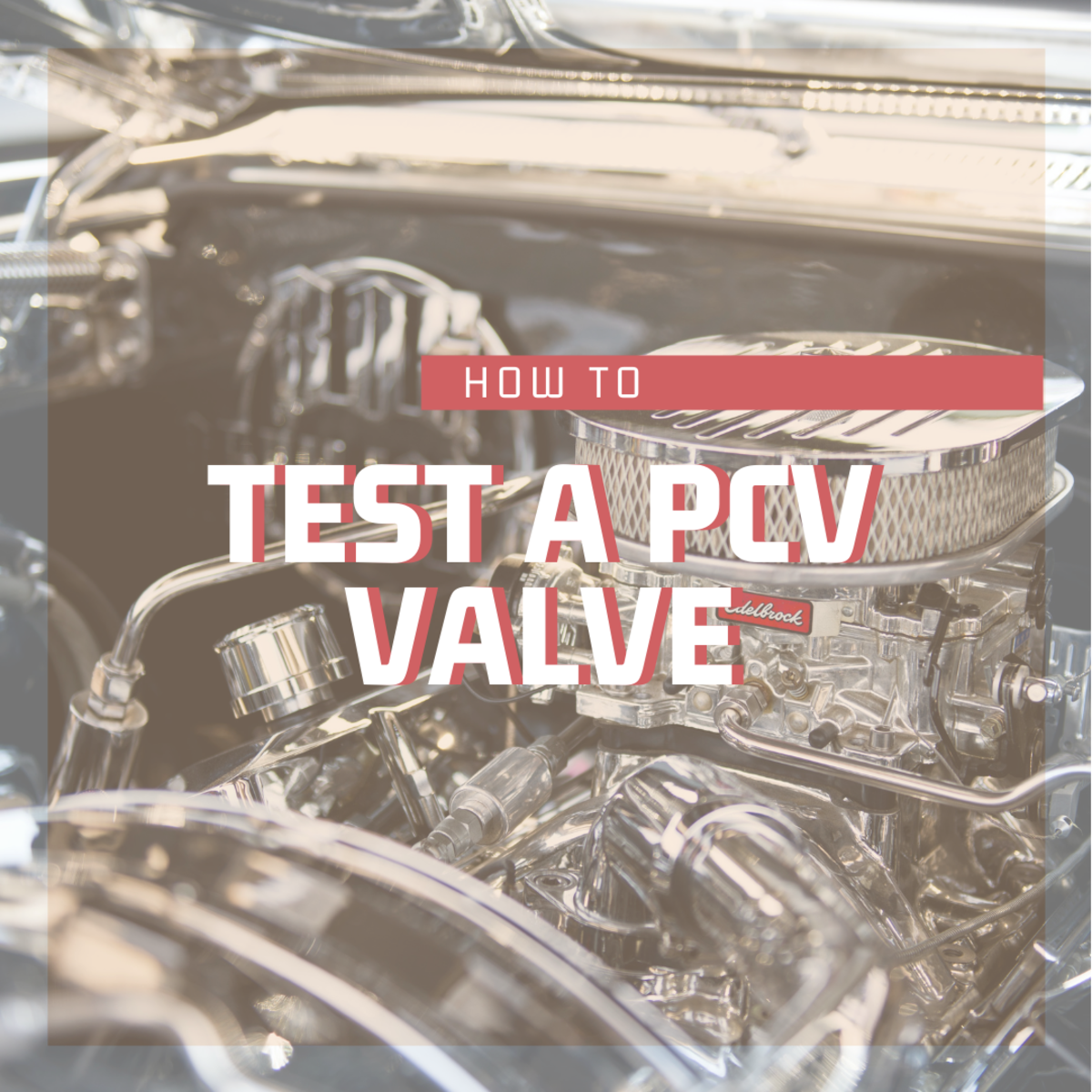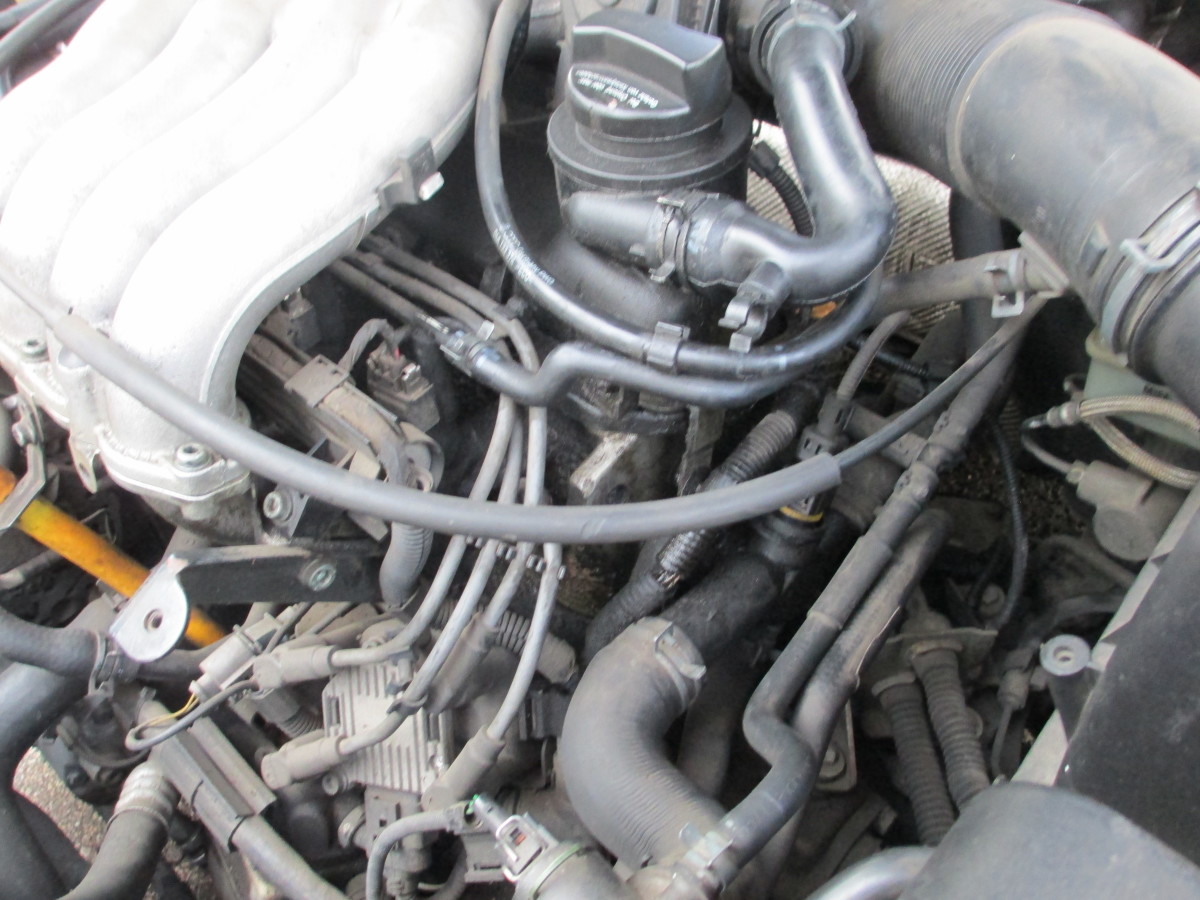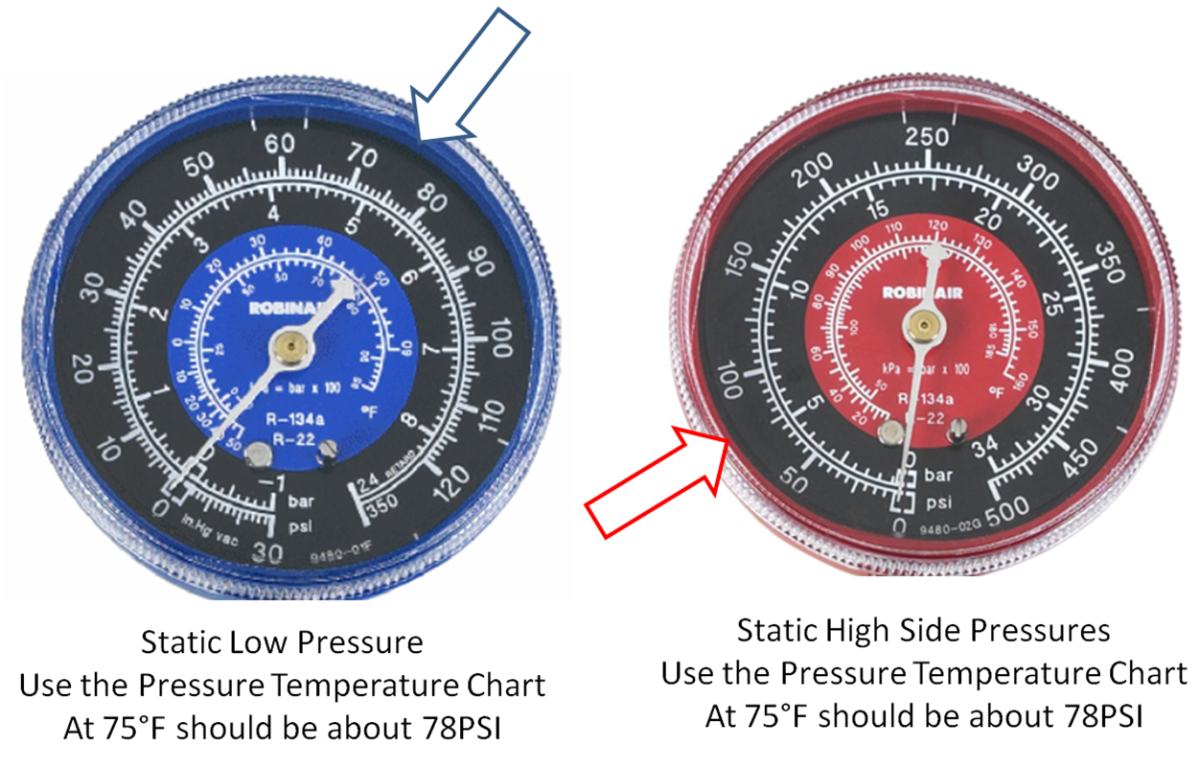How to Check Your PCV Valve in a 1991-94 Mercury Capri and Others


The Positive Crankcase Ventilation (PCV) system vents harmful blow-by fumes from the engine crankcase into the engine air intake for burning with the fuel and air mixture. The PCV valve limits the air flow to suit the engine demand and serves to prevent combustion backfiring into the crankcase. this can be dangerous.
Thus, the benefits from the PCV system include the ability to:
Maximize the oil cleanliness by venting moisture and corrosion from the crankcase.
Protect against crankcase explosions
Automatically regulate the ventilation system airflow to the engine air intake as required by engine operating conditions
How to Test for a 1991-94 mercury Capri (may apply to many others)
PERFORM PCV VALVE SHAKE TEST
Remove the PCV valve from the engine valve cover and disconnect the valve from the PCV
hose.
Vigorously shake the PCV valve and confirm that the valve plunger is free to move and
rattle within the valve body. Is the plunger free to move? if not, replace the PCV valve.
Run the engine at idle until warmed up. Remove the fresh air inlet hose at the air inlet
end, and plug the nipple immediately to prevent stalling.
Verify by feel that the vacuum is present at the inlet end of the hose.
Is vacuum present? If not, something is wrong.
NOTE: If air pressure, oil, or oily sludge is present at the intake end of the fresh air
supply hose, the engine has excessive blow-by caused by cylinder bore, piston ring or
valve stem wear, or by a defective or incorrect PCV valve. Something to be concerned about.








